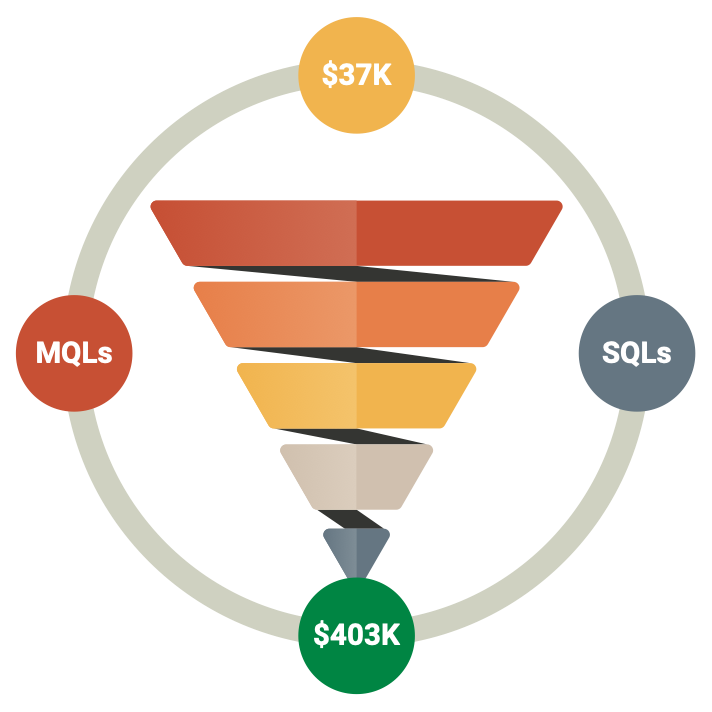In today’s data-driven world, it is crucial for businesses to analyze their data to gain valuable insights that can drive business decisions. Many companies have turned to cloud-based data warehousing solutions such as Snowflake to store and analyze their data. However, as data volumes grow and complexity increases, so does the need for optimization. Below we explore how you can drive business value with Snowflake usage analytics and provide a step-by-step guide on how to implement this process.
Understanding Snowflake Usage Analytics
Snowflake is a cloud-based data warehousing solution that enables organizations to store and analyze large volumes of data. Snowflake provides usage and cost analytics that enable businesses to monitor their usage and spending on Snowflake. While these analytics can provide valuable insights into how businesses are using Snowflake, where they can better allocate their budget within the data cloud, and where they can optimize their usage to maximize the value of their account, accessing the information needed does require a technical background.
By Using Snowflake Usage Analytics, Businesses can:
- Monitor their Snowflake usage and costs to identify any areas where they can better allocate their spend and optimize their usage
- Analyze their Snowflake usage patterns to understand their data usage trends over time
- Forecast their future Snowflake usage and cost based on historical usage patterns
- Gain insights into how their teams are using Snowflake and identify areas where they can improve data governance and security
Step-by-Step Guide to Implementing Snowflake Usage Analytics
Step 1: Set up Snowflake usage analytics
First, you’ll need to enable the Snowflake Account Usage and Snowflake Billing features. These features provide usage and cost data that you can use to monitor your Snowflake usage and costs.
Step 2: Connect Snowflake to your analytics tool
To monitor your Snowflake usage and costs, you’ll need to connect Snowflake to an analytics tool such as Tableau, Looker, or Power BI. These tools enable you to visualize your Snowflake usage and cost details to gain valuable insights into your data usage patterns.
Step 3: Create dashboards to monitor usage and costs
Once you’ve connected Snowflake to your analytics tool, you can create dashboards that enable you to monitor your Snowflake usage and costs in real-time. These dashboards should include key metrics such as data volume, query usage, and cost per query.
Step 4: Analyze usage patterns
Once you’ve created your dashboards, you can start analyzing your organization’s Snowflake usage patterns to gain valuable insights into your data usage trends over time. You can use this data to identify areas where you can better allocate your spend within the data cloud and optimize your usage to maximize the value of your Snowflake account.
Step 5: Forecast future usage and costs
By analyzing your historical usage patterns, you can forecast your future Snowflake usage and costs. This enables you to plan for future growth and budget accordingly.
Option #2 (AKA The Easy Way!)
Connect your Snowflake account to DataLakeHouse.io and deploy our pre-built Snowflake Usage Analytics package. You will see detailed dashboard visualizations that incorporate all of the information you need to optimize your Snowflake account. This approach requires no technical skillset and will have you making data-driven decisions to optimize your Snowflake account within minutes. Plus, we offer a free trial, so you can try it out before you decide to subscribe. While we offer guidance when it comes to making any changes necessary for Snowflake optimization, our partners at AICG are always available to help if you’re not able to implement the changes on your own.
Conclusion
Whether you build them yourself or purchase our pre-built Snowflake Usage Analytics, they can provide valuable insights into how your organization is using the data cloud, where spend can be better allocated within the platform, and how usage can be optimized to take full advantage of all that Snowflake has to offer. By following the step-by-step guide or choosing the alternative route (option #2) provided in this post, businesses can start monitoring their Snowflake usage and costs and gain valuable insights into their data usage patterns. With these insights, data-driven decisions can be made to drive business value and optimize your organization’s Snowflake account.
View our webinar here or set up a personalized demo to watch our analytics in action.
Check out our blog post for additional guidance on optimizing your Snowflake.


